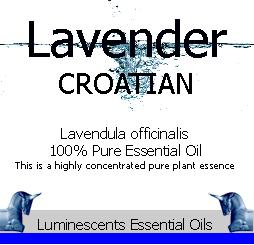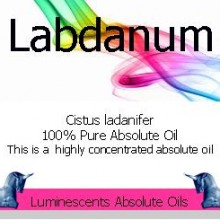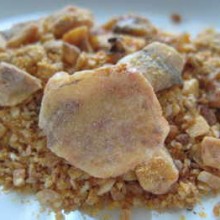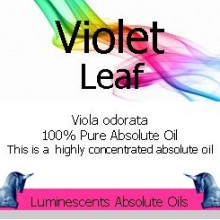Lavender Croatian Essential Oil is distilled from the Lavendula officinalis species of Lavender (sometimes called Pot or Apothecary’s Lavender) which is an evergreen woody shrub, up to 1 metre tall, with pale green, narrow linear leaves and violet blue flowers.
It is a high therapeutic grade comparable in status to the better known Lavender Population. The different soil, temperature, precipitation, etc. contributes to some subtle changes in scent.
Traditional Uses for Lavender Croatian Essential Oil:-
Lavender Croatian is credited with being an analgesic, anticonvulsive, antidepressant, antiphlogistic, antirheumatic, antiseptic, antispasmodic, antiviral, bactericide, carminative, cholagogue, cicatrisant, cordial, cytophylactic, decongestant, deodorant, and as a diuretic.
Lavender Blends Well With:-
Bay, Bergamot, Chamomile, Citronella, Clary Sage, Geranium, Jasmine, Lemon, Mandarin, Orange, Palmarosa, Patchouli, Pine, Tangerine, Thyme, Rosemary, Rosewood, Ylang Ylang
History of Lavender:-
The use of Lavender has been in well documented use for over 2,500 years. In ancient times it was used for mummification and perfume by the Egyptians, Phoenicians, and all the peoples of Arabia.
Romans used lavender oils for bathing, cooking, and scenting the air, and they most likely gave it the Latin root name (either lavare-to wash or livendula- livid or bluish) from which we derive the modern name.
The flower’s gentle and soothing,”tonic” qualities combined with the insect repellent effects of the strong scent, and the use of the dried plant in smoking mixtures also added to the value placed on the plant by ancient peoples. Roman males anointed themselves heavily with scents, lavender among them, at the baths and it is only in today’s modern world that Lavender has come to be seen more as a female scent.
First domesticated by the Arabians, Lavender spread across Europe from Greece. Around 600 BC Lavender may have come from the Greek Hyeres Islands into France and is now common in all of France, Spain, Italy and England. The ‘English’ lavender varieties were not locally developed in England but rather introduced in the 1600s right around the time the first Lavender plants were making their way to the Americas.
In Mediaeval and Renaissance Europe the washing women were known as “lavenders” and they used the plant to scent drawers and dried the laundry on lavender bushes. Also during this time lavender was grown in infirmary gardens along with many other medicinal herbs by monks. According to the German nun Hildegard of Bingen who lived from 1098-1179, Lavender “water”, a decoction of vodka, gin, or brandy mixed with lavender, is the best panacea for migraine headaches.
During the Great Plague in London in 1665, people fastened a bunch of lavender to each wrist in the belief it would protect them against the deadly disease. Furthermore, grave-robbers were known to wash in Four Thieves Vinegar, which contained lavender, after doing their dirty work. They rarely contracted the disease. In 16th century France, Lavender was also used to resist infection. For example, glove-makers, who were licensed to perfume their wares with Lavender, seemed to resist cholera which was so prevalant at that time.






